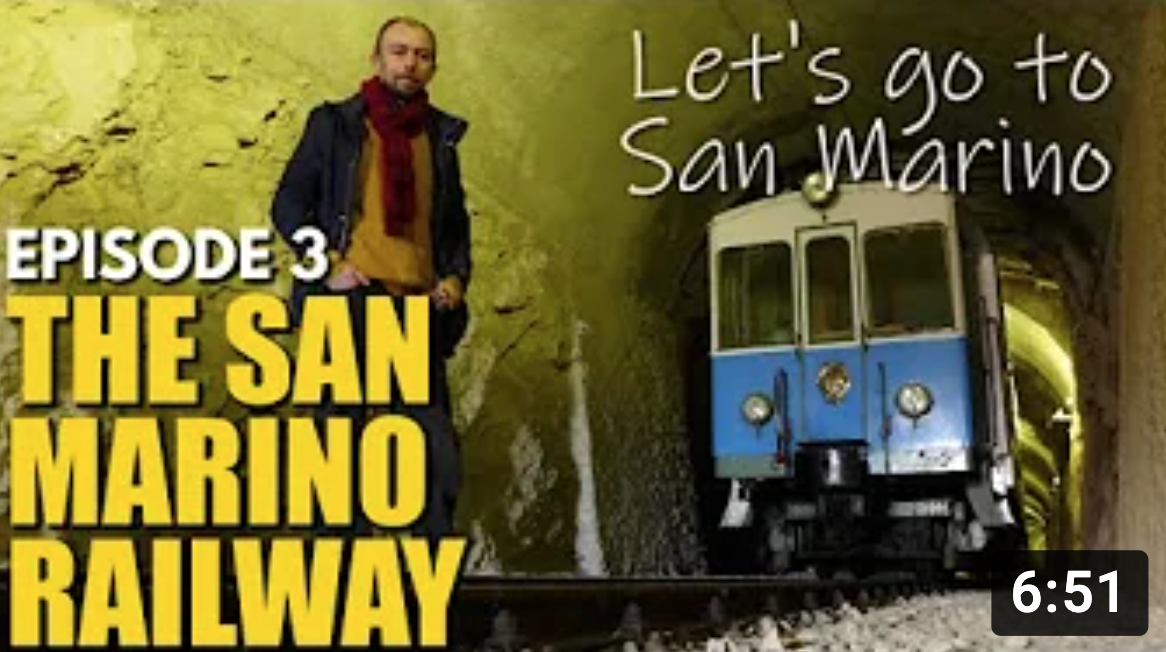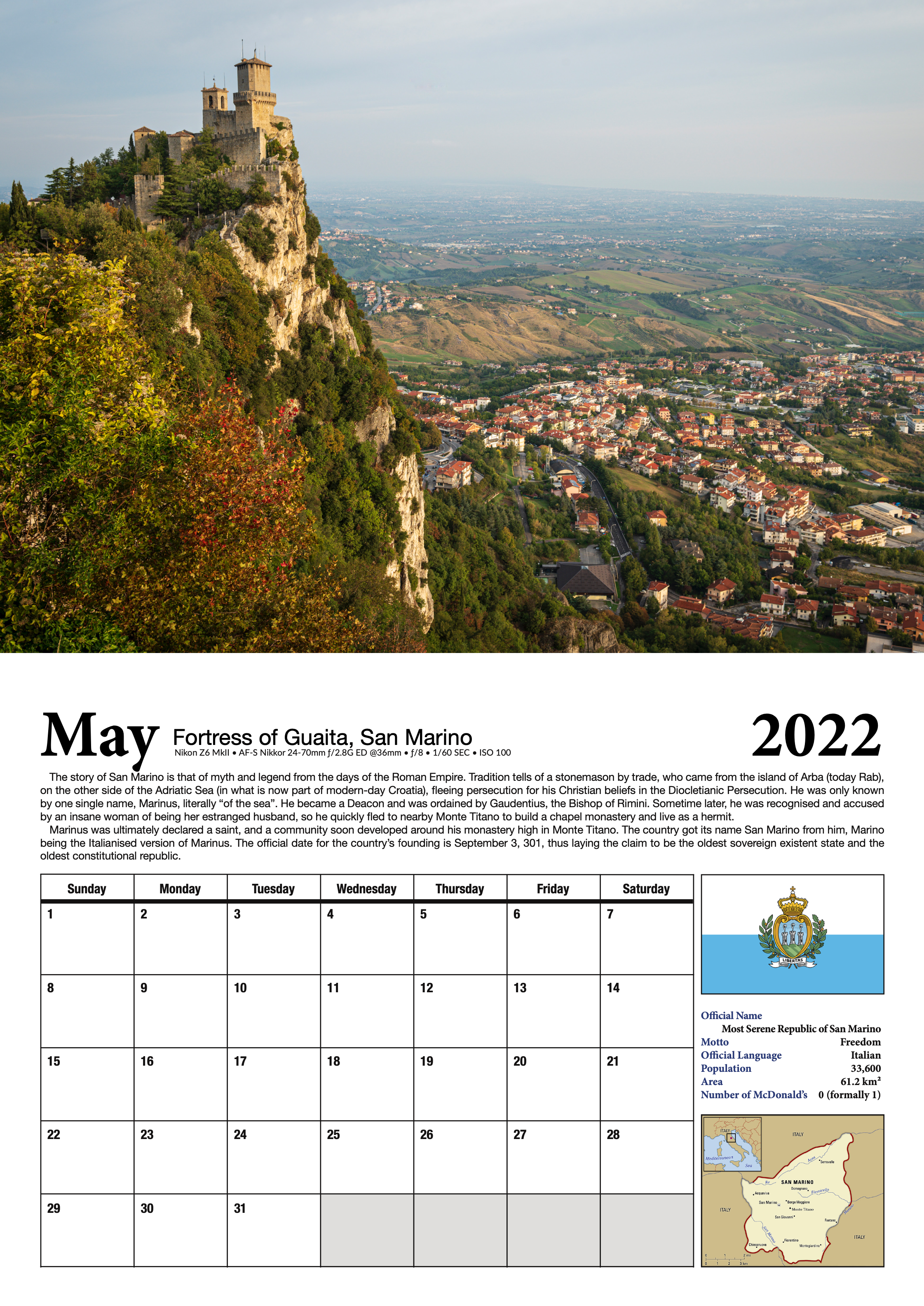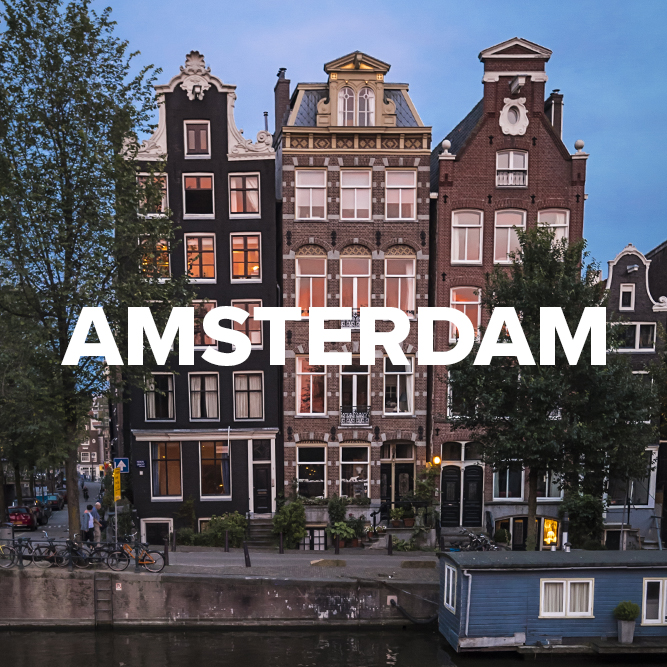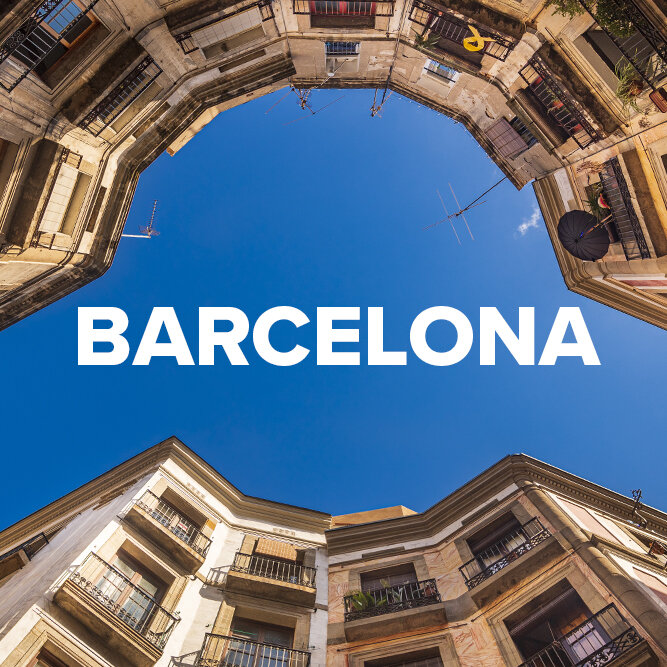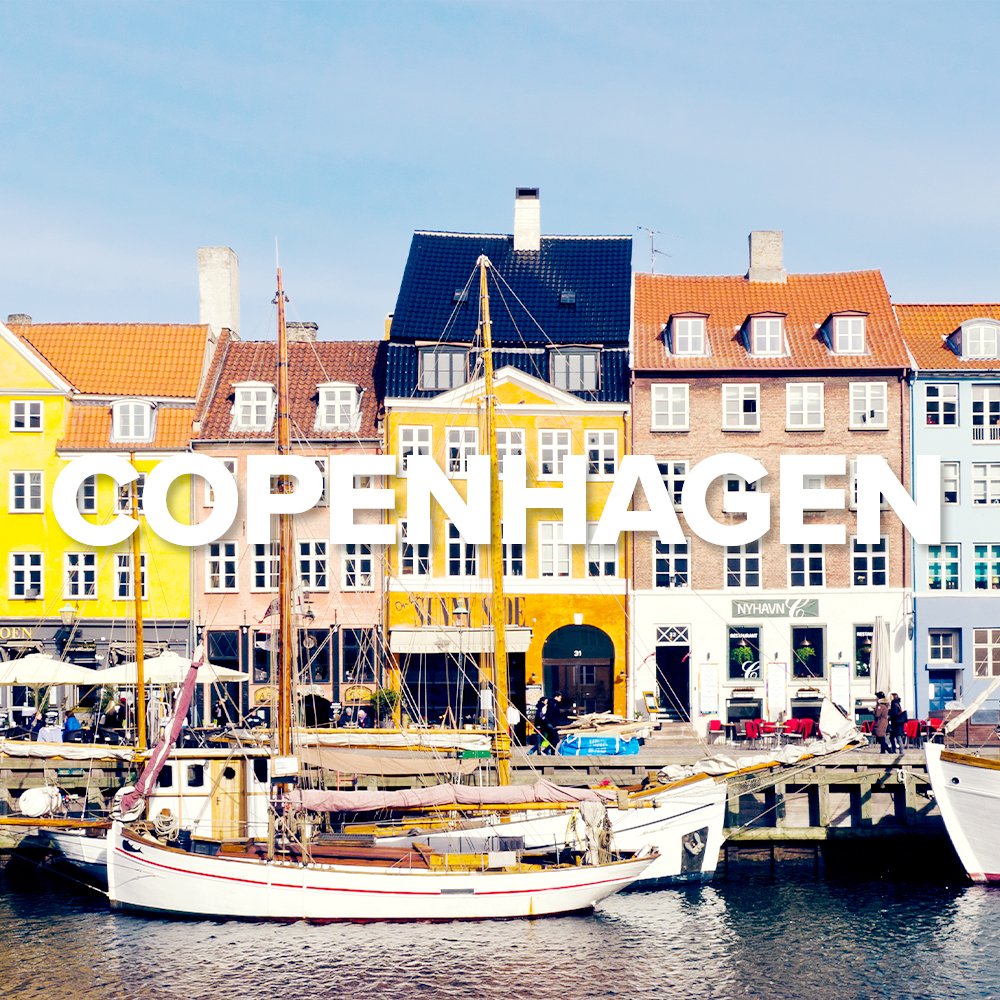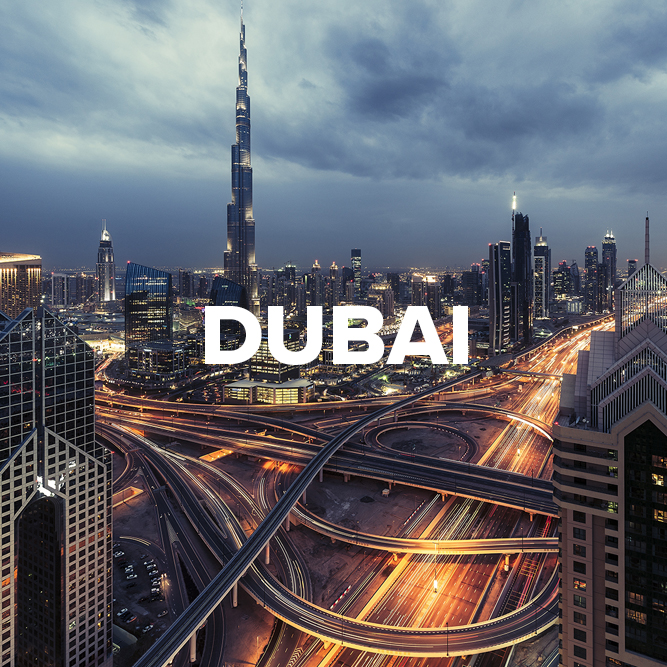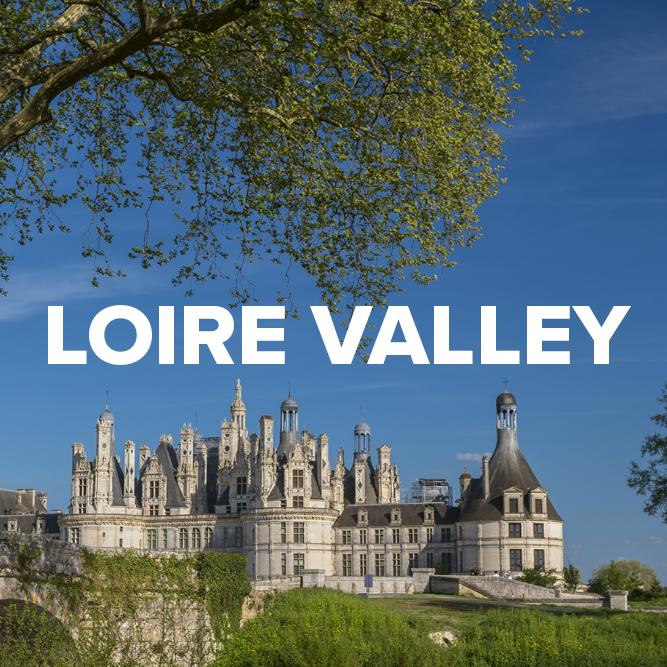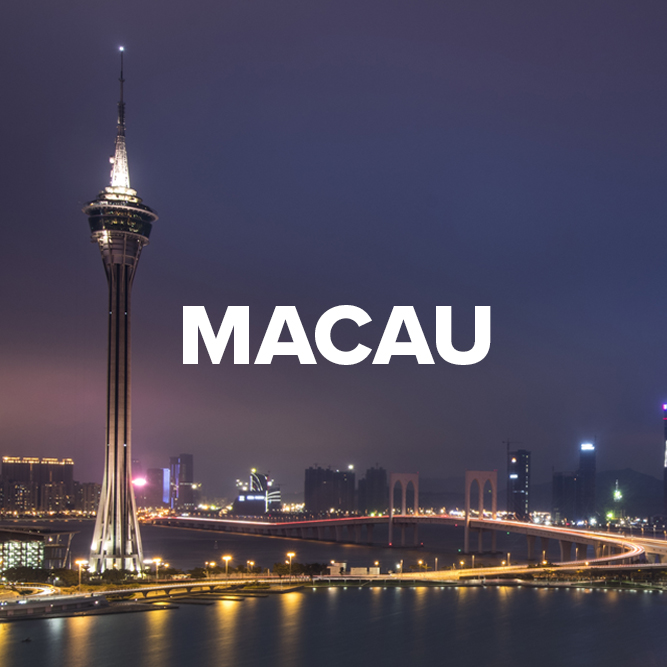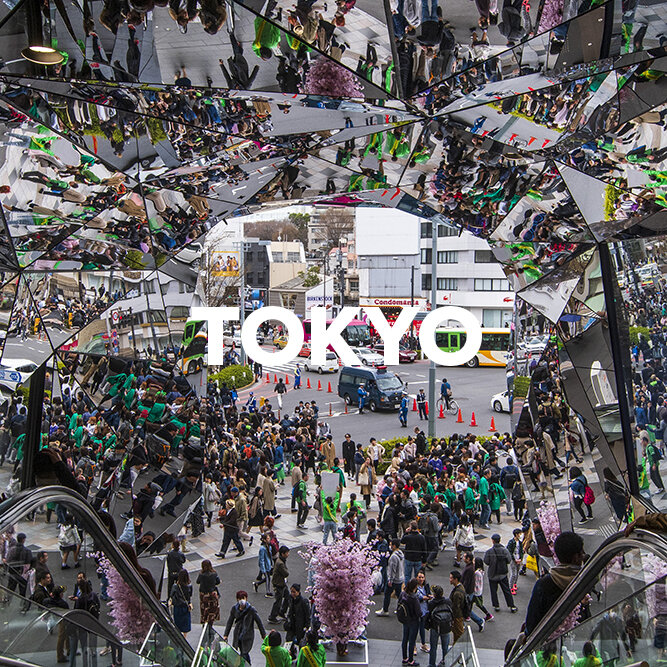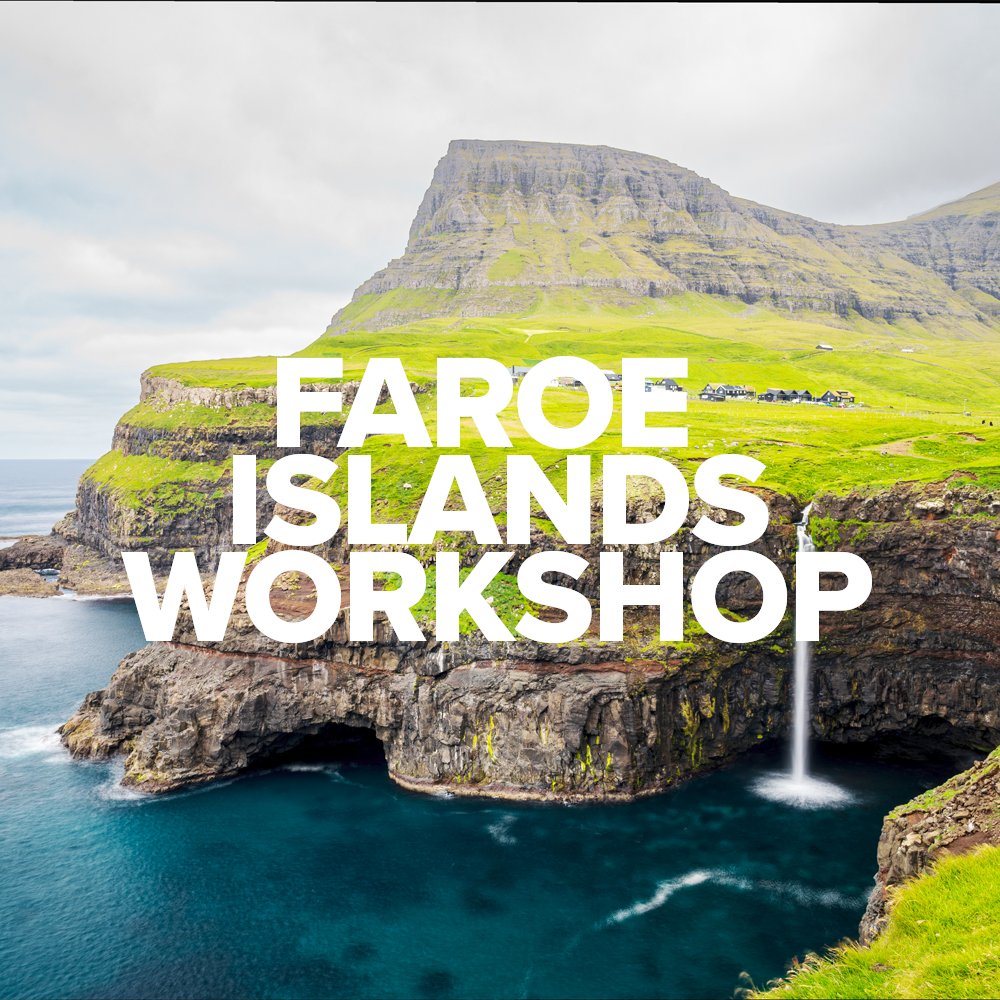Why is San Marino a country?
/Fortress of Guaita
PHOTOGRAPHY: ALEXANDER J.E. BRADLEY • NIKON Z6 MkII • AF-S NIKKOR 70-200MM Ƒ/2.8 FL ED VR @ 92MM • Ƒ/8 • 1 SEC • ISO 100
You may be forgiven for not knowing where San Marino is, let alone that it is the world's oldest sovereign independent republic. The microstate is tiny; at less than 62km², it is smaller than Central Park in NYC. Located about 10km west of the Adriatic sea and entirely surrounded by Italy on all sides, this landlocked nation has a population of just under 34,000. That is about half the number of people who work at Disney World in Florida.
During the medieval history of Europe, city-states were prevalent throughout most of the Holy Roman Empire. What is strange, though, is how most of them unified to create the states of Germany and Italy. In contrast, less than a handful remained independent, namely Andorra, Monaco, Lichtenstein and San Marino. So it begs the question, why does San Marino exist? Why wasn't it swallowed up by Italy? How did it survive today?
The Romans used to control all of Italy; heck, it controlled most of Europe at one point, but when it went belly up, Italy slowly started to unravel. By the time the Frankish Empire merged with the Holy Roman Empire, the absentee Germany speaking emperor had no concern for the governance of the Italians, and gradually city-states grew in power and dominance. Great realms such as Venice, Genoa, the Papal States, Sicily and Naples dominated the landscape for the next few centuries.
Fortress of Guaita
PHOTOGRAPHY: ALEXANDER J.E. BRADLEY • NIKON D500 • AF-S NIKKOR 24-70MM Ƒ/2.8G ED @ 24MM • Ƒ/8 • 5 SEC • ISO 100
San Marino City
PHOTOGRAPHY: ALEXANDER J.E. BRADLEY • NIKON Z6 MkII • AF-S NIKKOR 24-70MM Ƒ/2.8G ED @ 24MM • Ƒ/7.1 • 1/125 SEC • ISO 200
Palazzo Pubblico
PHOTOGRAPHY: ALEXANDER J.E. BRADLEY • NIKON Z6 MkII • AF-S NIKKOR 24-70MM Ƒ/2.8G ED @ 28MM • Ƒ/8 • 1/320 SEC • ISO 100
Cava dei Balestrieri
PHOTOGRAPHY: ALEXANDER J.E. BRADLEY • NIKON Z6 MkII • AF-S NIKKOR 24-70MM Ƒ/2.8G ED @ 24MM • Ƒ/8 • 1/250 SEC • ISO 100
One city-state that was not so great, or powerful, or large, or important really was the Most Serene Republic of San Marino. It simply just wanted to be left alone; that was their thing, and that is why they chose to become a country in the first place. Folklore tells of a stonemason who came from across the Adriatic Sea fleeing persecution from the Romans (who at the time.) were feeding Christians to lions. . He was only known by one single name, like Madonna or Prince, but his was Marinus, literally "of the sea". He was also a Deacon and ordained by the Bishop of Rimini. Something undocumented and rather questionable happened when he was building the city walls of Rimini. He was recognised and accused by an "insane woman" of being her estranged husband, so he (like most men would) quickly fled to the highest mountain in sight; Marinus hastily built a chapel monastery and lived there as a hermit. And so, started the tradition of San Marino wanting to be left alone.
Later, the San Marino village would grow around the monastery, living in isolation from the Diocletianic Persecution of Christians, the mountain folk could live peacefully. When this community of "refugee" mountain people were eventually discovered, the landowner, a sympathetic lady of Rimini, bequeathed it to the tiny Christian community of mountain dwellers, recommending to them to" always remain united", which they did. The official date for the country's founding is 3 September 301. It has been united ever since, thus laying the claim to being the oldest existent sovereign state and the oldest constitutional republic.
During this middle bit of the story, some people tried to annex or invade this peaceful nation. Some lords and, at one point, the Malatesta of Rimini, all without success. Being wholesome Christians, San Marino became good friends with the Pope, and in return, the Pope has been good to the people of San Marino. A number of times, people related to the Pope or acting without his authority tried to conquer the nation until they were scorned by the Pope, who continued to recognise their independence. Most notably, a nephew of a dead Pope attempted to conquer the republic, but their 500 men and horses got lost in a dense fog, and since it was Saint Quirinus' feast day, the Sammarinese thought it was divine intervention and celebrate his feast day every year since.
Fortress of Guaita
PHOTOGRAPHY: ALEXANDER J.E. BRADLEY • NIKON D500 • AF-S NIKKOR 24-70MM Ƒ/2.8G ED @ 24MM • Ƒ/8 • 5 SEC • ISO 100
Falesia Second Tower
PHOTOGRAPHY: ALEXANDER J.E. BRADLEY • NIKON D500 • AF-S NIKKOR 24-70MM Ƒ/2.8G ED @ 27MM • Ƒ/8 • 20 SEC • ISO 100
Fortress of Guaita
PHOTOGRAPHY: ALEXANDER J.E. BRADLEY • NIKON Z6 MkII • AF-S NIKKOR 24-70MM Ƒ/2.8G ED @ 27MM • Ƒ/8 • 20 SEC • ISO 100
Giardino dei Liburni
PHOTOGRAPHY: ALEXANDER J.E. BRADLEY • NIKON Z6 MkII • AF-S NIKKOR 24-70MM Ƒ/2.8G ED @ 34MM • Ƒ/8 • 1/125 SEC • ISO 100
One of the biggest threats to its sovereignty came from Napoléon Bonaparte as he tore through Italy. Luckily the French Revolutionary was enamoured by the tiny republic. He could have crushed them easily if he wanted to. However, his sympathies were with the revolution's ideals: liberty, equality, and fraternity, and considering San Marino's motto was literally liberty, it was no surprise they became good friends. Napoléon even went as far as to offer them more land, but they declined, stating, "wars end, but neighbours remain". It was a play that served them well in the long run, as they were not caught up with reparations and continued their hermit ideology of just staying out of things.
While they didn't stick their finger in the pie... they would shelter pie that was placed on their windowsill. San Marino has a long history of harbouring political prisoners and gave refuge to many, including none other than Giuseppe Garibaldi, the man who unified Italy. It was an act that won themselves no favours from the Austrians or the Papal States who wanted Garibaldi's blood. The Austrians eventually entered the country and went house to house looking for Garibaldi's men, but with San Marino's help, they snuck him out, and he headed to Venice.
The state was recognised by Napoleon, the Congress of Vienna and by the Treaty of Tolentino. New attempts to annex it to the Papal States failed, and its wish to be left out of Garibaldi's Italian unification was honoured in gratitude for indiscriminately taking in refugees, many of whom were supporters of unification, including Giuseppe himself and 250 followers. Although faced with many hardships, such as losing his pregnant wife, the hospitality he received in the country would later prove to be a shaping influence on Giuseppe's diplomatic manner.
Shortly before the American Civil War, the government of the republic wrote a letter (in "perfect Italian on one side, and imperfect but understandable English on the other") to Abraham Lincoln, offering an "alliance" between the two democratic nations and offering honorary San Marino citizenship to the President. Accepting the offer, President Lincoln stated that "Although your dominion is small, your State is nevertheless one of the most honoured in all of history. It has by its experience demonstrated the truth, so full of encouragement to the friends of Humanity, that government founded on Republican principles is capable of being so administered as to be secure and enduring."
More recently, Italy did that thing where they declared war on the Austro-Hungarian Empire, but defiant little San Marino remained neutral. Italy, being the suspicious lot they were, worried San Marino might harbour Austrian spies and use that shiny new radiotelegraph station, so they disabled their telephone connections.
Quicksplaining here, but something something, Fascism, something, a doctor was murdered by socialists, leading to the socialist newspaper being shut down. In the 30s, they built a ridiculously complicated railway (which a fellow (v)blogger, The Tim Traveller, made an excellent video call San Marino's 1930s Electric Railway, And How Britain Wrecked It). Enter the second world war... or don't enter it, as once again, San Marino remained neutral. That didn't stop the pesky British, who this time were a suspicious lot and blew up their shiny new railway line. Germany said they really wanted to keep the country independent, but might occupy them if they had something Germany wanted... which, fun fact, it did, requesting to establish a military hospital. On the following day, in view of the nearing invasion by German forces, the government sent three letters of protest: one to Adolf Hitler, one to Joachim von Ribbentrop, the German Foreign Minister, and one to Benito Mussolini demanding to meet with the intention to ask that its neutrality be respected. The following day they saw Mussolini, who promised to contact the German authorities and intervene in favour of San Marino's request.
Porta della Fratta
PHOTOGRAPHY: ALEXANDER J.E. BRADLEY • NIKON Z6 MkII • AF-S NIKKOR 24-70MM Ƒ/2.8G ED @ 62MM • Ƒ/8 • 1/60 SEC • ISO 400
Fortress of Guaita
PHOTOGRAPHY: ALEXANDER J.E. BRADLEY • NIKON Z6 MkII • AF-S NIKKOR 24-70MM Ƒ/2.8G ED @ 58MM • Ƒ/8 • 1/200 SEC • ISO 100
Contrada Omagnano
PHOTOGRAPHY: ALEXANDER J.E. BRADLEY • NIKON Z6 MkII • AF-S NIKKOR 24-70MM Ƒ/2.8G ED @ 62MM • Ƒ/8 • 8 SEC • ISO 100
Palazzo Pubblico
PHOTOGRAPHY: ALEXANDER J.E. BRADLEY • NIKON Z6 MkII • AF-S NIKKOR 24-70MM Ƒ/2.8G ED @ 24MM • Ƒ/8 • 1.3 SEC • ISO 100
San Marino was a refuge for over 100,000 civilians who sought safety on the passing of Allied forces over the Gothic Line during the Battle of Rimini, a monumental effort by the people of a country with a population of only 15,000. Despite all this, the Allies and Germans clashed on San Marino's soil at the Battle of Monte Pulito; Allied troops occupied San Marino, but only stayed for two months before returning the republic's sovereignty.
After the war, they did a complete 180, and San Marino became one of the first Western European countries to be ruled by a communist party. This was one of the first times that a communist government was democratically elected into power. The Sammarinese Communist Party dissolved in 1990 and restructured as the Sammarinese Democratic Progressive Party replacing the former hammer-and-sickle logo with the image of a drawing of a dove by Pablo Picasso.
Despite having had more female heads of state than any other country on earth, universal suffrage was only achieved by San Marino in 1960. It joined the Council of Europe as a full member in 1988. It became a member of the United Nations in 1992. It uses the Euro as its currency; however, it is not a Eurozone member nor a member of the European Union, and despite not having any passport controls, it is not a member of Schengen, the freedom of movement scheme.
San Marino Jinja
PHOTOGRAPHY: ALEXANDER J.E. BRADLEY • NIKON Z6 MkII • AF-S NIKKOR 24-70MM Ƒ/2.8G ED @ 58MM • Ƒ/5.6 • 1/125 SEC • ISO 200
And now for some fun facts that I couldn't fit anywhere else in this article but loved so much I just had to share.
It is home to the only Japanese Shinto Shrine sanctioned by the Japanese in Europe. Long story short... something something something Yoko Ono's friend lives in San Marino.
It has participated in every Olympics since the 1968 Mexico City Olympics but never won a medal until 2020 in Tokyo. It won three medals, making it the country with the world's highest Olympic medals per population ratio.
It is surrounded by only one country (Italy), with no maritime borders. There are only two other countries in the world that are entirely encapsulated by just one country. Can you name them? Let me know in the comments.
Its national football team has never won a competitive game in its 35-year history and is currently ranked as the worst team in the world. In October 2021, they hosted a FIFA World Cup qualifier against Andorra, also a pretty bad team, and had a chance of breaking their 158 game losing streak, and well, the Tim Traveller can explain that story better in his video San Marino v Andorra: Can San Marino End Their 158-Game Winless Run? (with a humble cameo from yours truly). Check out his video for the gripping retelling of this monumental and historic game.
Fortress of Guaita
PHOTOGRAPHY: ALEXANDER J.E. BRADLEY • NIKON Z6 MkII • AF-S NIKKOR 24-70MM Ƒ/2.8G ED @ 35MM • Ƒ/8 • 4 SEC • ISO 100
Sadly Aperture Tours doesn't offer photography workshops in San Marino just yet, but it is a good overnight trip from Venice, Florence or Rome. In the meantime, the theme for my 2022 wall calendar is Microstates of Europe. San Marino has some glorious spreads, as do the beautiful nations of Andorra, Liechtenstein, Luxembourg, Monaco and the Vatican. We're posting calendars from Australia NOW, so buy yours today to make sure it arrives before the new year.
AUD$2.50 of every calendar will be going to the Heather Bradley Memorial Trust at the Lord Mayor's Charitable Foundation (Victoria, Australia). The trust not only honours the loving memory of my sister, but also provides a source of income to The Compassionate Friends Victoria. They assist bereaved parents and siblings in providing them with empathy, support and a safe environment to grieve, heal and grow.
Author: Alexander J.E. Bradley
Alexander is the founder of Aperture Tours which run photography tours in the most photogenic cities across the globe. A professional photographer for over a decade, Alexander enjoys shooting the surreal by mixing dreamlike qualities into his conceptual images.
Purchase a 2022 Wall Calendar
View more of Alexander's work on his profile











